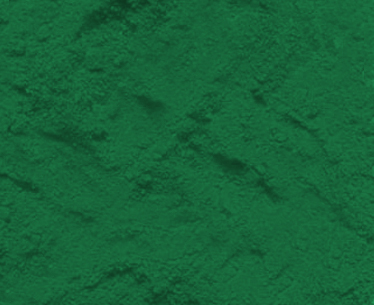Organic pigments don't dissolve in water whereas dyes do
2024-09-19
When I first started working with pigments, organic pigments, yes; Why organic pigments do not dissolve in water but dyes do; This problem is very troubling, after years of work experience and consulting the relevant technical personnel, now analyze for you why organic pigments do not dissolve in water and dyes can. Phthalocyanine blue BGS(pigment Blue 15:3): Light resistance 8, heat resistance 200 degrees. Phthalocyanine pigment β-type crystal, pure green light blue or turquoise blue, widely used in various fields, high coloring intensity. Pigment orange 34(15793-73-4) chemical properties, melting point, boiling point, density, molecular formula, molecular weight, physical properties, toxicity, structural formula, customs code and other information.

Organic pigments and dyes are colored organic compounds, from the chemical structure of organic pigments and dyes, the two are very similar, and even some organic compounds can be used as dyes and organic pigments, but organic pigments and dyes are indeed two different concepts (Idea). The main difference between them is the application performance (function) difference. Pigment Yellow 181 (PV Fast H3R) Detailed description: Appearance: red yellow powder PH:6.5~7 Coloring power :100% light fastness :7~8 grade weather resistance :4~5 grade acid resistance :4~5 grade alkaline resistance :4~5 grade heat resistance :280 Characteristics: pure and full luster dispersion uniform, stable. Plastic pigment industrial supplies only refer to various colors given to plastics to make plastic products of specific colors. The traditional use of dyes is to dye textiles, while the traditional use of pigments is to dye non-textiles (e.g. printing ink, paint, coatings, plastics (structure: synthetic Resin, plasticizer, stabilizer, color), Rubber, etc.) coloring. This is because the dye has affinity (or directness) for textile, and can be Adsorbent and fixed by fiber molecules; The pigment has no affinity for all the coloring objects, and mainly relies on other film forming substances such as resins and Bonding agents to bind the coloring objects together. In the process of use, dyes are generally dissolved in the medium (the substance that plays a decisive role), even disperse dyes or VAT dyes, when dyeing, they also undergo a process from a crystal state to dissolve in water to a molecular state and then dyed to the fiber. Therefore, the color of the dye itself does not represent its color on the fabric. During the use of pigments, because they are insoluble in the medium used, they always exist in their original crystal state. Therefore, the color of the pigment itself represents its color in the substrate. Because of this, the crystal state of the pigment is very important for the pigment, and the crystal state of the dye is not so important, or the crystal state of the dye itself is not closely related to its dyeing behavior.
Although pigments and dyes are different concepts (ideas), in certain circumstances, they can be common. Ciba 8GN Yellow also known as CIba Gumeitao Yellow 8GN pigment Yellow 8GN alias azo condensation yellow 8G; Kraumoftar Yellow 8G; Disazo Yellow GG; Cromophtal Yellow 8G pigment Yellow 128 has strong green light and excellent transparency. For example, some anthraquinone VAT dyes, which are insoluble dyes, can also be used as pigments after pigmentation. Such dyes are called pigment dyes, or dye pigments.



